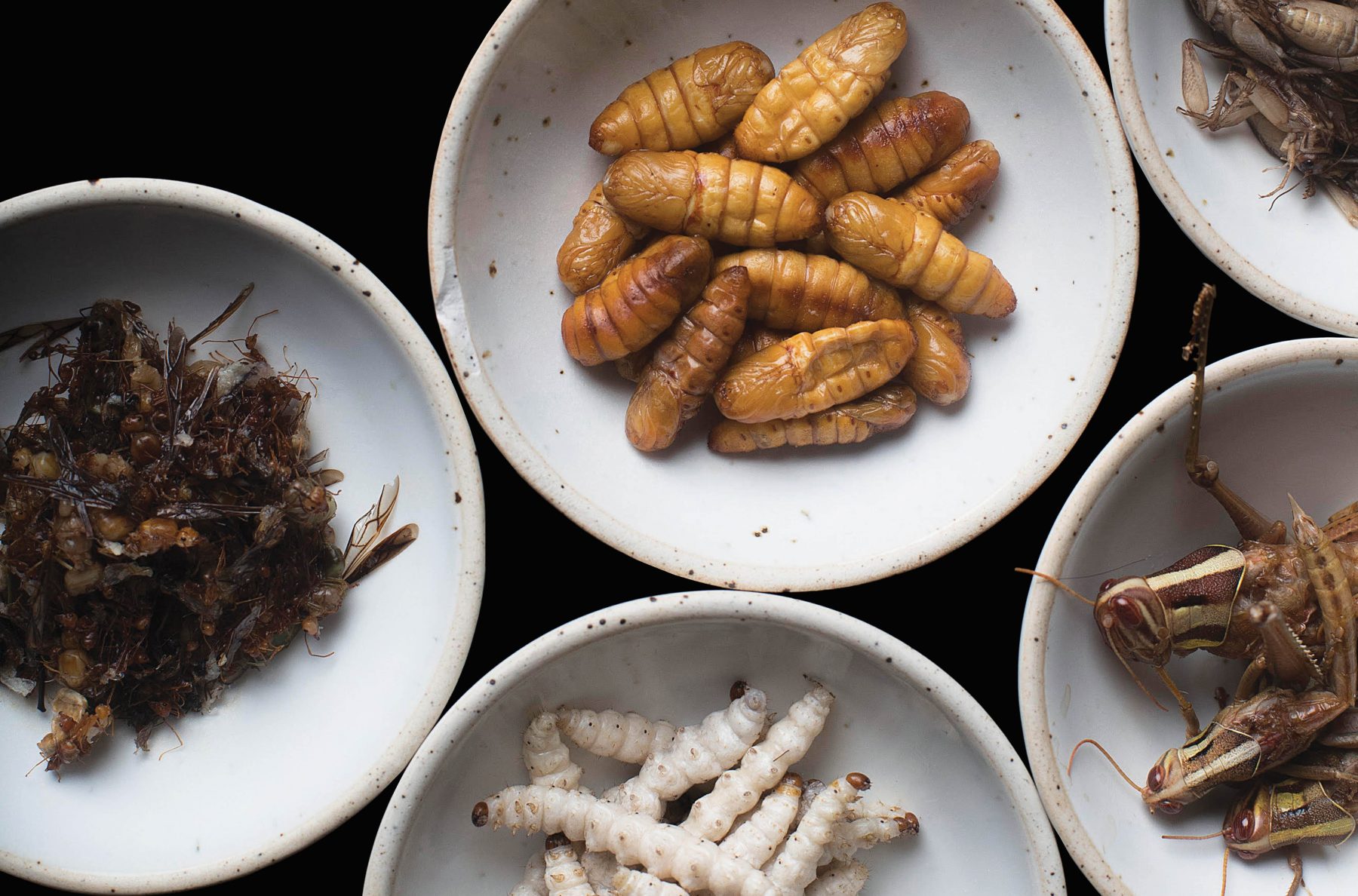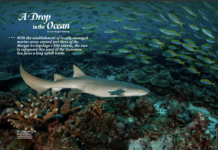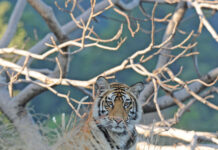Grubs and other insects could offer a healthier and more sustainable food choice in the future.
Text Aaron “Bertie” Gekoski and Sophie Fresson
Creepy-crawlies might give some people the heebie-jeebies, but humans have been consuming bugs for a very long time. In China, records show that insects have been on the menu for at least 3,200 years, and written recipes using bugs have been found in literature dating back to the Ming Dynasty circa 1368. Today, there are 29 entomophagous (meaning “feeding on insects”) Asian countries, each culture favouring different species, flavours, and cooking methods. The larvae of the Asian palm weevil – also known as sago grubs – are a delicacy found in Malaysia and Indonesia. Cooked, they’re said to taste similar to bacon, and are even sometimes spread on pizza. Those that make it past their unsettling, bulbous appearance liken a squirming live grub to coconut. Sago grubs aren’t the only worms consumed in Asia. Bamboo worms are a common sight in Thailand’s night markets. Their crispy shell and soft insides have a salty flavour with an aftertaste of corn, apparently. Elsewhere throughout the continent, Cambodia’s tarantulas are said to resemble crab and are believed to boost virility. In China, bees are ground into a traditional remedy for sore throats. Dragonfly boiled with ginger in coconut milk is a sweet treat in Indonesia. And in Vietnam, Papua New Guinea and Laos, a number of crispy critters are regularly munched on – including grasshoppers, giant water bugs, centipedes, and cicadas.
BEGINNING A BUG CRAZE
The practice of entomophagy in Asia would have begun as a necessity. When food was scarce, insects represented a nutritious and easily obtainable food source, particularly in areas closer to the equator where there is an abundance of bugs. Today, however, the consumption of insects has transcended its humble beginnings and is no longer just viewed as a necessity, but as a choice. Insects have creeped and crawled their way onto the menus of various Michelin star restaurants, most notably Copenhagen-based Noma, voted the best restaurant in the world four times running. Noma serves a range of bug-based dishes, with live black ants being a signature dish of the critically-acclaimed head chef. There are even entire cookbooks dedicated to bug gastronomy. Interest in edible insects has surged in recent years following release of a report from the United Nation’s Food and Agricultural Organization (FAO) in 2013. It would seem Asian entomophagous cultures have been ahead of the curve, as the report had one fundamental piece of advice for people globally: eat more bugs. It is thought these crispy critters could offer a healthier and more sustainable food choice for the future. The doom-and-gloom statistics of our future may feel all too familiar. However, they are important. By 2050, the world population is expected
to have swollen to upwards of nine billion, whilst the demand for meat will have grown by 44 percent (FAO).
To read the complete article and more interesting stories, visit our subscription page.











